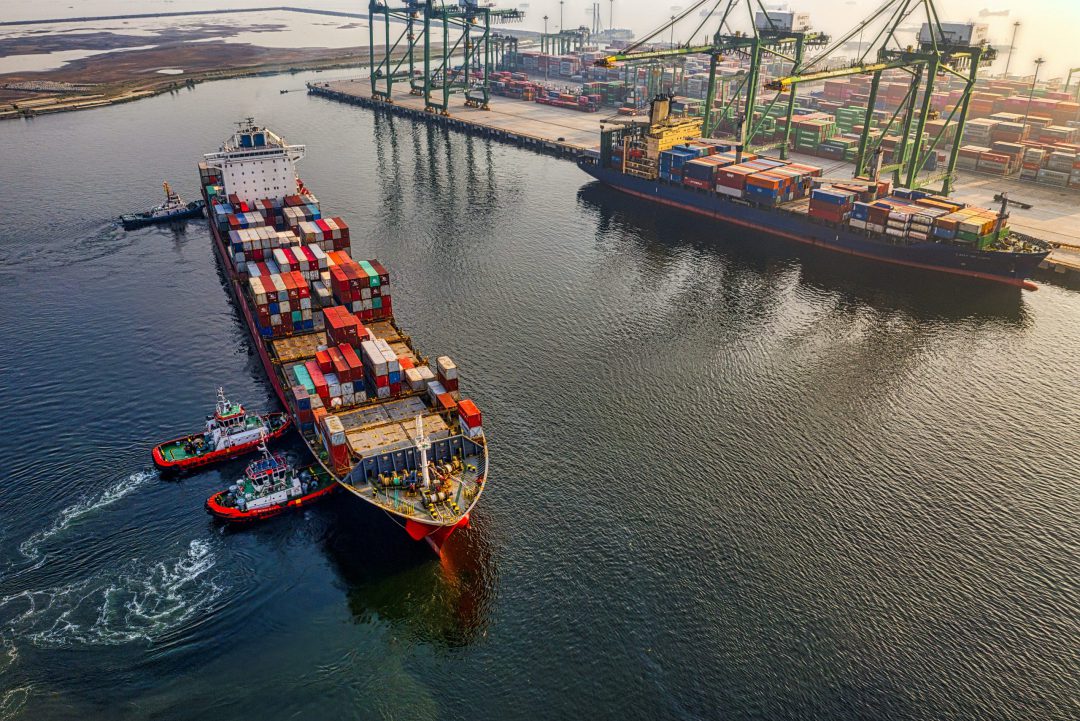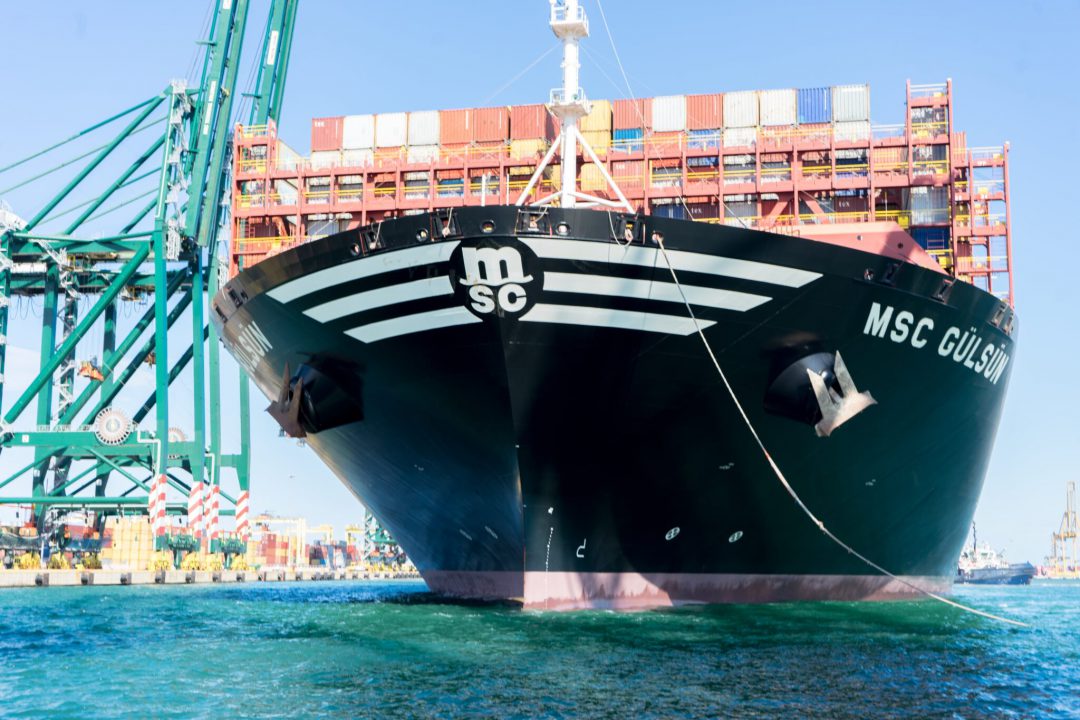Portsmouth City Council’s cabinet have approved a strategy for shore power provision at Portsmouth International Port, which will allow visiting ships to switch their engines off whilst alongside.
The port has bold plans to tackle emissions and carbon, which will ultimately help them to become one of the UK’s first zero emission ports.
The plans, which aim to improve air quality and their carbon footprint, have been put together with the government’s Maritime 2050 strategy in mind.
To achieve that ambition, Portsmouth is blazing a trail in the adoption of experimental green technologies, turning the port into a living laboratory.
In a landmark decision, Portsmouth’s City Council, who own and operate Portsmouth International Port, agreed to support the port’s efforts to provide shore power, subject to securing funding.
This includes the short term development of a battery storage solution, for providing shore power to smaller cruise vessels, as well as a long-term ambition of supplying all vessels that visit the port.
With an existing AI controlled ‘master’ battery on-site, funded by Innovate UK, combined with new battery storage being installed alongside a new solar array, the port will have enough energy to supply small cruise ships whilst alongside. One of the port’s long-standing customers, Noble Caledonia, has agreed to upgrade their vessels to take shore power, when the project goes ahead.
For the longer term, options are now being explored to increase the amount of power available at the port, so that shore power can be rolled out to all of the berths at Portsmouth. However, this will require government support across the ports industry, given the investment required.
Port director, Mike Sellers said: “We’re determined to be industry leaders when it comes to sustainability. This innovative approach, which incorporates existing technologies already available or planned at the port, means we can look to have shore power up and running by the end of 2022 for smaller cruise ships. We’re now looking at long-term plans to roll out this capability to our other berths.
“We’re supporting Maritime UK’s call for significant government funding in the spending review to support these changes, so that levels of investment are similar to the aviation sector, who get significant support.
“With support, there are many quick sustainability wins within the industry, and we already have the demand. The shipping industry are pushing forward on clean fuel technology and our largest customer, Brittany Ferries, has placed orders for new hybrid ferries for the Portsmouth to France routes, operational from 2024.
“Collaboration is key to upgrading the port’s electricity supply, so that clean energy can be provided to all vessels when they are alongside.”
Portsmouth City Council’s Cabinet also committed to continue their support for the port’s green recovery sustainability drive, which includes a hydrogen electrolyser on the port, rolling-out the current fuel filtering project and the construction and piloting of an external fine particle filter at the port boundary.
Cllr Kimberly Barrett, Cabinet Member for Climate Change and the Green Recovery at Portsmouth City Council said: ” I’m excited by the sustainability developments at Portsmouth International Port. The recent announcement that the port had received funding to install a hydrogen electrolyser at the port will put them at the forefront of clean fuels research.
“Combined with all the actions they are taking, I’m proud to see the city’s port take a lead in the fight for cleaner air and and the drive for net-zero carbon”.
Jerry Clarke, senior project manager added: “As a port operating in the heart of a major city, and that is owned by the people of Portsmouth, we have an obligation to do everything we can to minimise our impact as we continue to grow sustainably in the coming years.
“I’m incredibly proud to have led on the improvements we’ve made in the past two decades, and thank the council for their support as we move towards our net-zero carbon and zero emissions goals.”

























